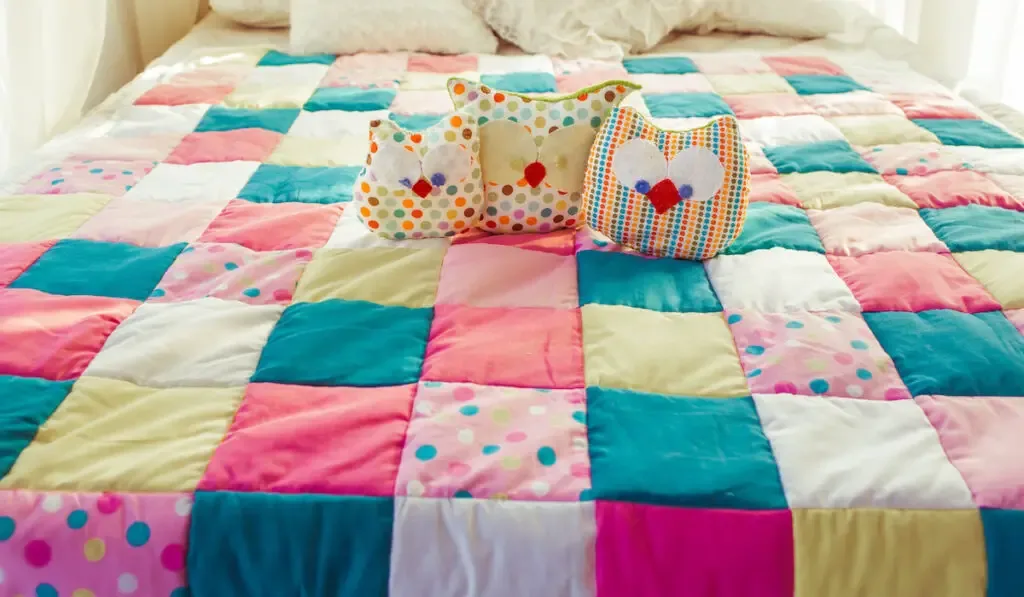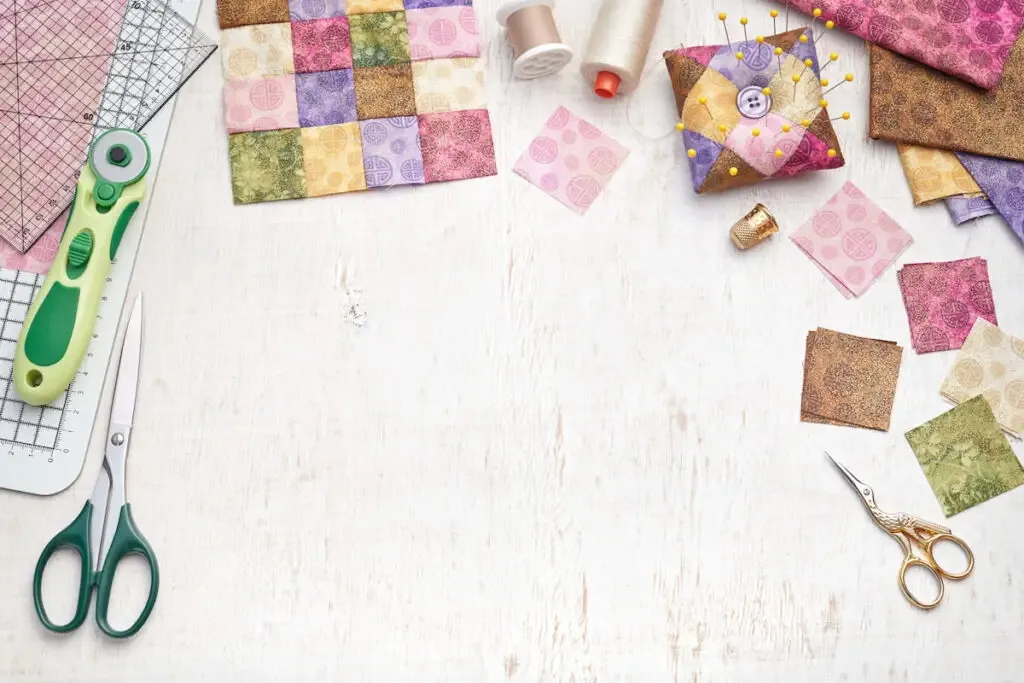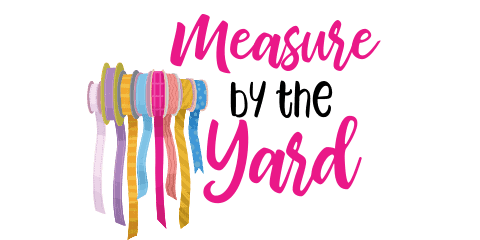To the untrained eyes, quilts might look similar to a duvet, comforter, or even blankets. In fact, some people tend to get confused and mix one with the other, especially when buying bed linens for the cold season.
But there are some big differences between quilts and the other bed covers. The most obvious one would be their layers that consist of the top, middle, and back fabrics. Quilts also come in different variations and forms.
For instance, one of the many popular designs made by many professional quilters is collage quilts. Collage quilts are art-style quilts that were made by layering another piece of fabric on top of the foundation or background fabric.
Think of making a collage on a piece of paper and applying the same concept to your fabrics. Designs, shapes, or motifs of these smaller fabrics can be made from different materials depending on your creativity.
One of the best things about collage quilts is that they offer the freedom to overlap different scraps of fabrics to achieve the final design that you want. There are no rules and restrictions that you must follow. You also don’t have to sew or do any patchworks until you are satisfied with the fabric collage and you are ready to finalize every layer of the quilt.

Who Made The First Collage Quilt?
Before we uncover who founded this unique style of quilting, let’s have a look at the brief history of quilting and how this technique made its way into our modern world.
The origin of quilting can be traced back to many countries in history including India, Europe, and the Far East. In fact, the world ‘quilt’ came from a Latin world ‘culcita’ that means a cushion.
By stitching similar or different layers of fabric together, you can make quilts with stitches that can vary based on designs or specific patterns. Some of the earliest quilts made were made for bed covers, tapestry, and even as lightweight clothing used underneath heavy armor.
Fast forward to today, quilting has become a timeless skill that can be used to produce an infinite amount of different styles of stitched fabrics.
The first collage quilt was made by a woman named Laura Heine. Laura is a retired nurse and a pioneer of collage quilting techniques. She started quilting 35 years ago and has helped many people to become professional quilters. Aside from producing thousands of quilts, Laura also has worked as a designer, thread designer, teacher, and author.
She has set up a business in Montana under the name “Fiberworks.” In this 5,000 square feet building, she produces different kinds of quilts and threads and teaches classes to people who are passionate about this art.
Occasionally, she also organizes a tour around the United States to teach people how to quilt professionally, or just as a past-time activity.

How To Make A Collage Quilt
To begin making your own collage quilt, there are a few steps that must be taken. Don’t feel overwhelmed because they are fairly simple and straightforward. These include:
- First and foremost, you must gather all the supplies needed for this project. For instance:
- Iron
- Thread
- Heat-n-bond lite web, fabric fuse glue, or glue stick
- Scissors
- Quilt Ruler
- Sharp blade or rotary cutter
- Bobbins
- Seam ripper
- Sewing machine
- If you don’t have any idea of what pattern or design you want, then this is where you can let your creativity run free. Don’t be afraid to think outside the box. You can make an outline for the design you are about to create. Use a sharpie if you’re drawing on dark-colored fabrics. This will make the layering process easier. There is also no restriction on the size of the scraps of fabrics that you will use for layering.
- Take the layering fabric and cut them out according to the size that you want. Place them on the background fabric and repeat this process until you are truly satisfied.
- Once you’re completely satisfied with the placement of all the layering fabrics, fuse all of them using a fabric fuse or glue. This step is critically important because you can’t undo all your designs once they’re glued to each other. Be sure to check for any mistakes or defects before fusing the fabrics. Depending on the variations, some collage quilts are entirely collaged. You don’t even need to use any glue to bind both the collage fabrics and the quilt.
- If you’re making a collage on a backing fabric, then trim the shape according to your design template. Cut out any extra fabrics that are way out of your desired outlines. You don’t have to be a perfectionist. As long as your design looks clean, you’re good to go.
- Place the collage fabric on top of the background fabric and glue them together. Let it dry and fuse together. Don’t make any adjustments that can ruin the overall design.
- Finally, you can layer your quilt from the top, middle, and back, and sew them together to secure the fabric. Be gentle if the needle can’t get through. This usually happens when you have too many layers of fabric. Don’t exert too much force to avoid any damage to the quilt.

Can You Wash Your Collage Quilts?
Collage quilts can definitely be washed, but only with delicate settings using cold water. However, try not to wash them frequently to avoid unnecessary lift on their edges that can ruin the overall texture.
If you notice some edges are already lifted, you can use fabric fuse glue to bring them back down.
Final Thoughts
If you intend to make your very first collage quilts, don’t put too much pressure on how well you expect it to turn out. This is because what you made from your own scraps of fabrics might differ from others and most collage quilts that you see on the market.
Collage quilts will allow you to express your own creativity without limiting what you can achieve from it. Enjoy the process and be proud of your own creation!
Resources
- https://collagequilter.com/blogs/news/new-to-collage-start-here
- https://www.patchworkposse.com/fabric-collage-quilt-and-how-to-make-one/
- https://sewingwithscraps.com/how-to-make-a-collage-quilt/
- https://www.kristamoser.com/post/collage-quilts
- https://road2ca.com/blog/2021/02/05/collage-quilts/
- https://road2ca.com/blog/2020/08/28/collage-quilting-with-laura-heine/
- https://www.fiberworks-heine.com/faqs.htm
